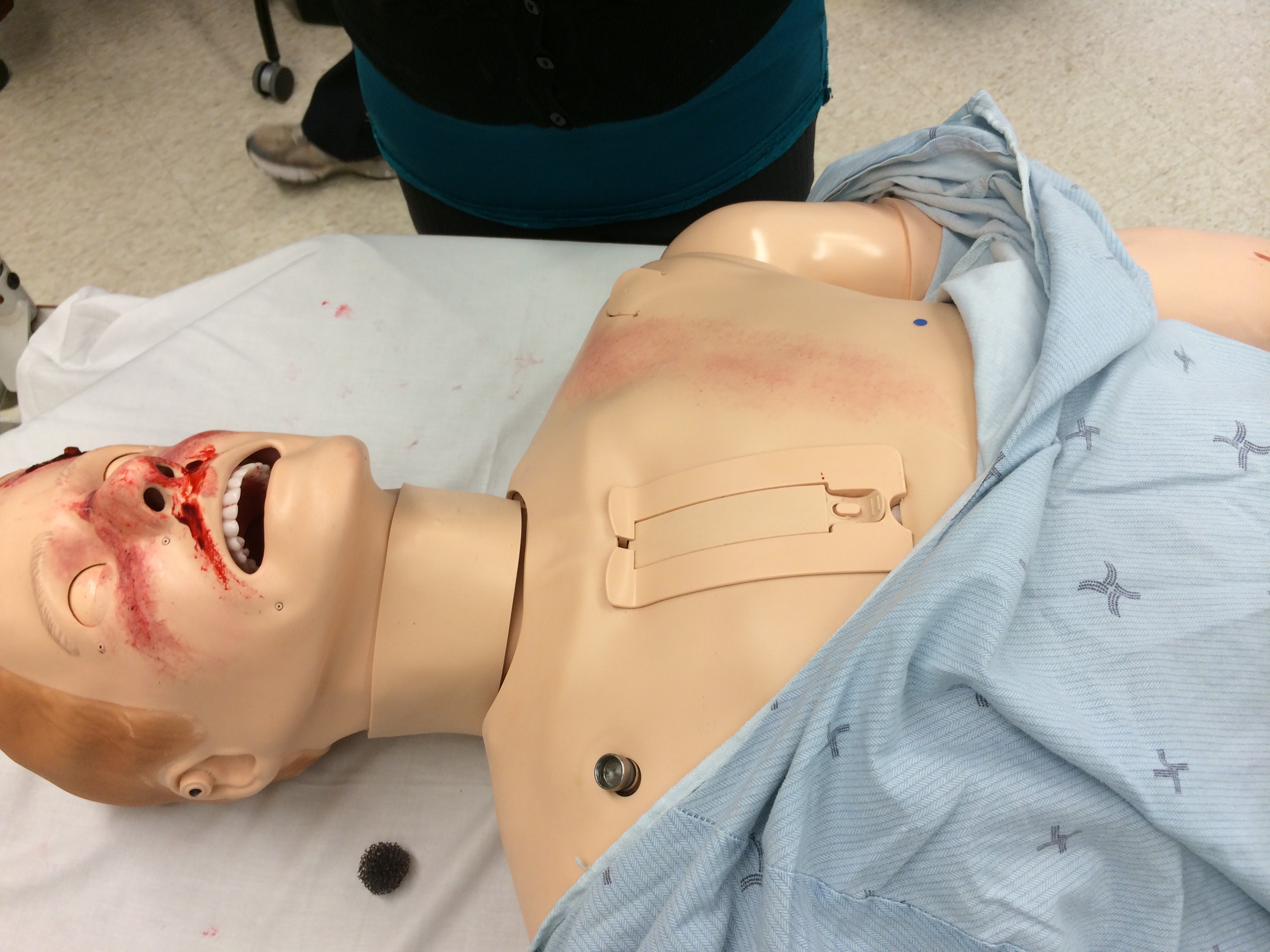Courses
The HSN Simulation Lab is available for hosting courses that provide critical information on how to design, implement, and evaluate simulation-based education. Course objectives, pre-requisites, and associated costs for each course can be found below or by selecting the heading from the On This Page tab. Additional information on the courses and sign-up can be found by emailing [email protected].
Simulation Fundamentals 101
Length: 6 hours
Location: Exclusively in-person
Prerequisites: None
Cost (2024-2025): $250
Description: By the end of the session, the learner will be able to:
- Describe at least 4 simulation methods
- Identify learning theories and principles that support simulation-based education
- Summarize the 6 steps under Kern’s framework of developing a simulation program
- Develop 3 measurable objectives using the SMART framework for simulation programs
- Select appropriate simulation methodologies based on identified learning objectives and institutional feasibility
- Apply a standardized template to the development of a simulation case
- Describe the benefits of debriefing using different methods and models
- Describe how to evaluate programs and learners using at least one qualitative and one quantitative method, in both formative and summative formats
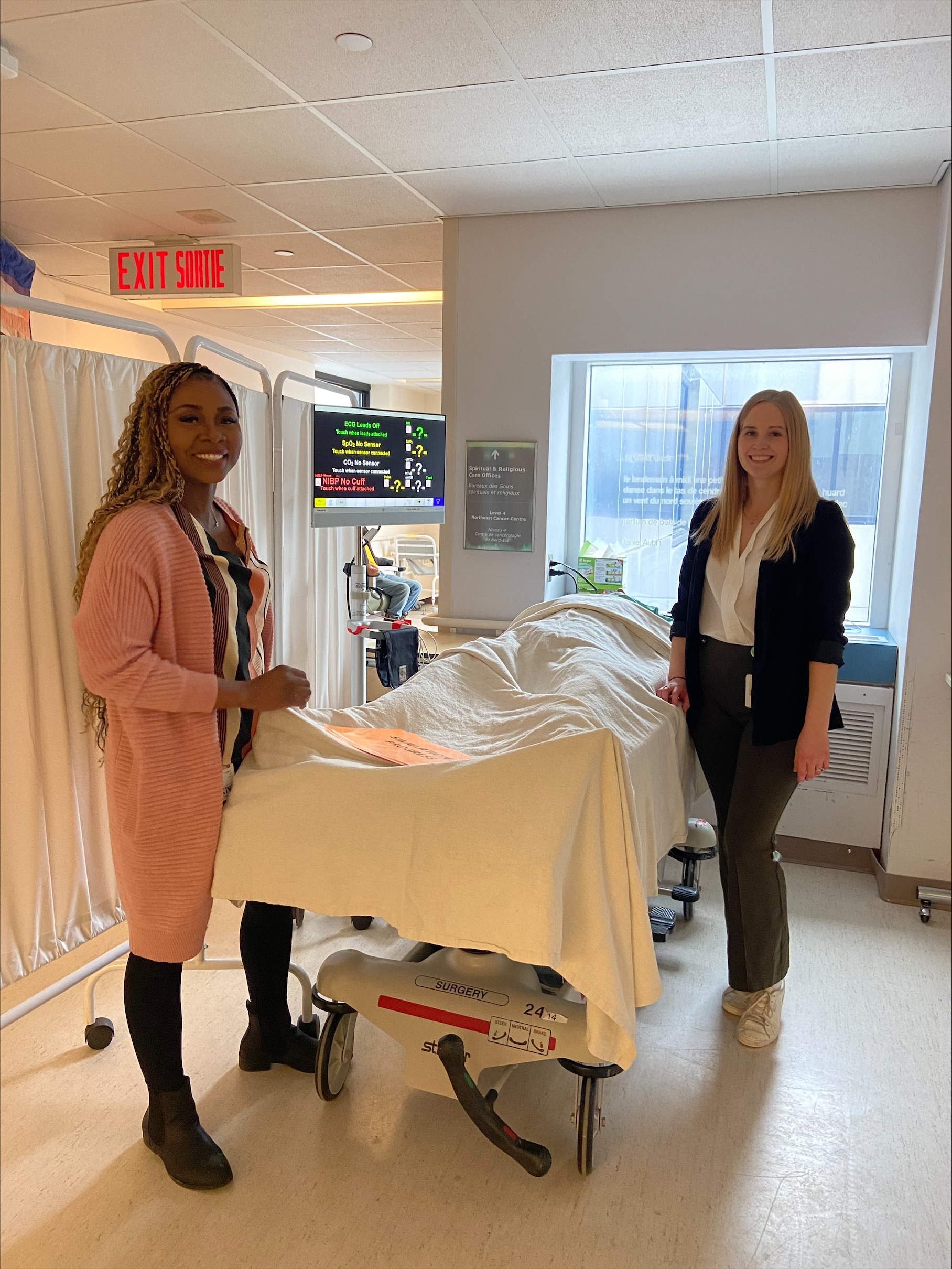
Case Development 101
Length: 3 hours
Location: In-person & virtual options available
Prerequisites: None, Simulation Fundamentals encouraged
Cost (2024-2025): $100
Description: By the end of the session, the learner will be able to:
- Identify the purpose of careful case development prior to simulation courses
- Identify key personnel, resources, and information needed prior to starting case development
- Design a simulation case using a manikin model
- Design a simulation case using a simulated patient model
- Discuss key information and documentation needed surrounding a simulation case, including unique safety information needed for in-situ programs
- Identify necessary preparation needed for learners and instructors prior to case implementation
Case Development 201
Length: 3 hours
Location: In-person & virtual options available
Prerequisites: Case Development 101, or other recognized course in case development or evidence of previous experience in simulation case development
Cost (2024-2025): $100
Description: By the end of the session, the learner will be able to:
- Identify the purpose of careful case development prior to simulation courses
- Design a simulation case using a hybrid model
- Design a simulation case using a technological or moulage innovation
- Design a simulation case with a mid-case excitement or multi-complexity
- Discuss software assessment integration into case development (i.e. CPR chest compression fraction, defibrillator feedback, etc.)
- Discuss key factors needed for successful inter-professional case development
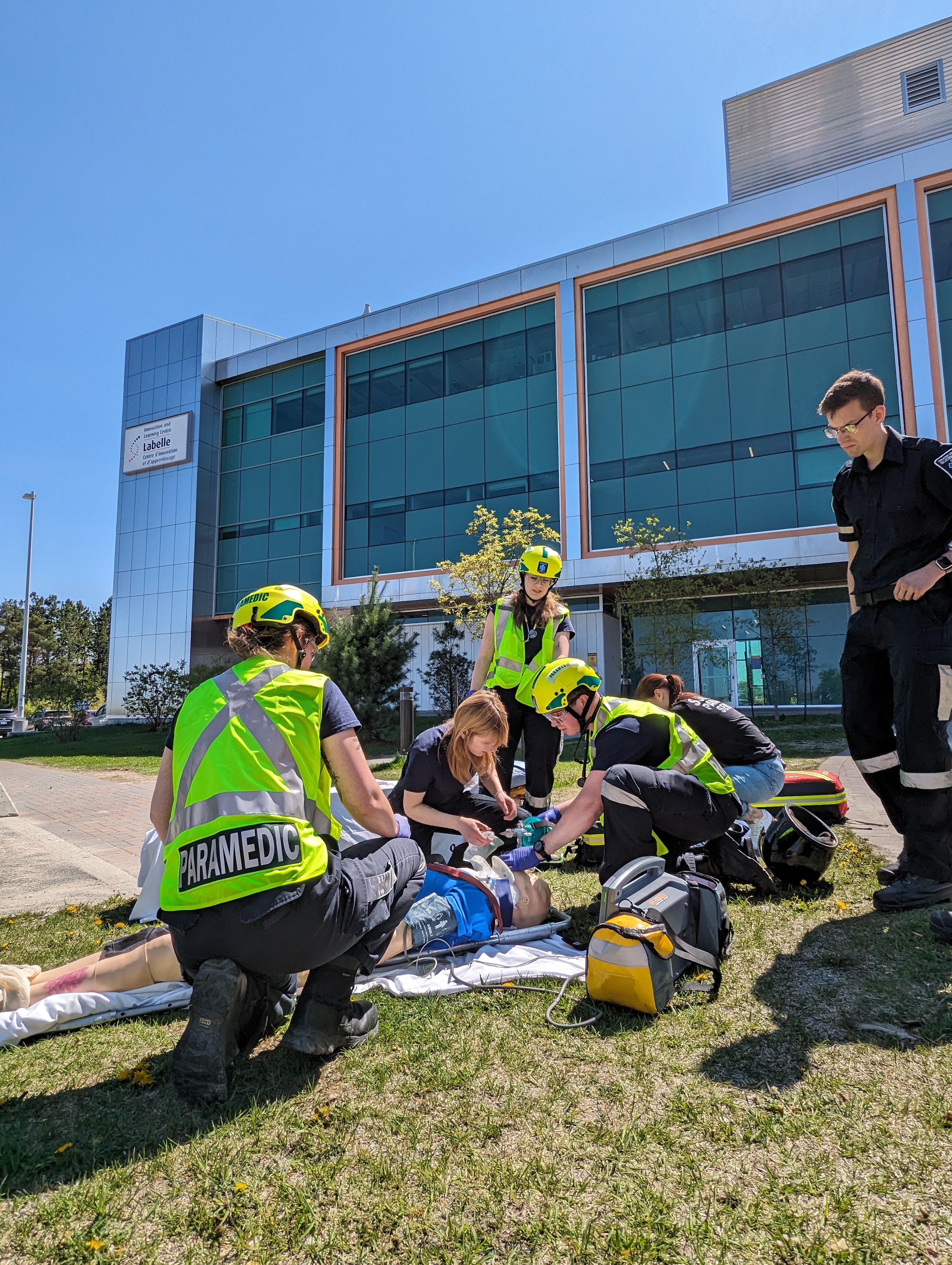
Task Trainer 101
Length: 3 hours
Location: Exclusively in-person
Prerequisites: None, Simulation Fundamentals encouraged
Cost (2024-2025): $100
Description: By the end of the session, the learner will be able to:
- Describe the function of a task trainer, comparative to a manikin or simulated patient
- List key features for selecting an appropriate task trainer in relation to meeting learning objectives
- Demonstrate best practices for setting up a task trainer skills station that ensures the station is physically safe, and sets the learner up for success
- Discuss key ways task trainers can be modified to enhance or increase features such as moulage, technology, and other innovations
- Perform key steps for setting up and trouble-shooting at least three task trainers relevant to their education practice
- Discuss key considerations for maintenance of task trainers to ensure longevity of equipment
Manikin Fundamentals
Length: 2.5 hours
Location: Exclusively in-person
Prerequisites: None
Cost (2024-2025): $100
Description: By the end of this session, the learner will be able to:
- Describe the functionality and features of a high-fidelity adult manikin
- Describe the functionality and features of either a low-fidelity adult manikin, or a high-fidelity infant/pediatric manikin (depending on practice)
- Demonstrate turning on the manikin and hooking it up to the proper networks so that it is operational for use
- Discuss common troubleshooting features for connecting manikin to network and starting up manikin
- Demonstrate ability to operate manikin in relevant software including changing: vitals, sounds, pulses, heart rhythm, eye features, voice, and airway
- Demonstrate how to pause and power-down manikin, including safety and maintenance features to ensure longevity of manikin
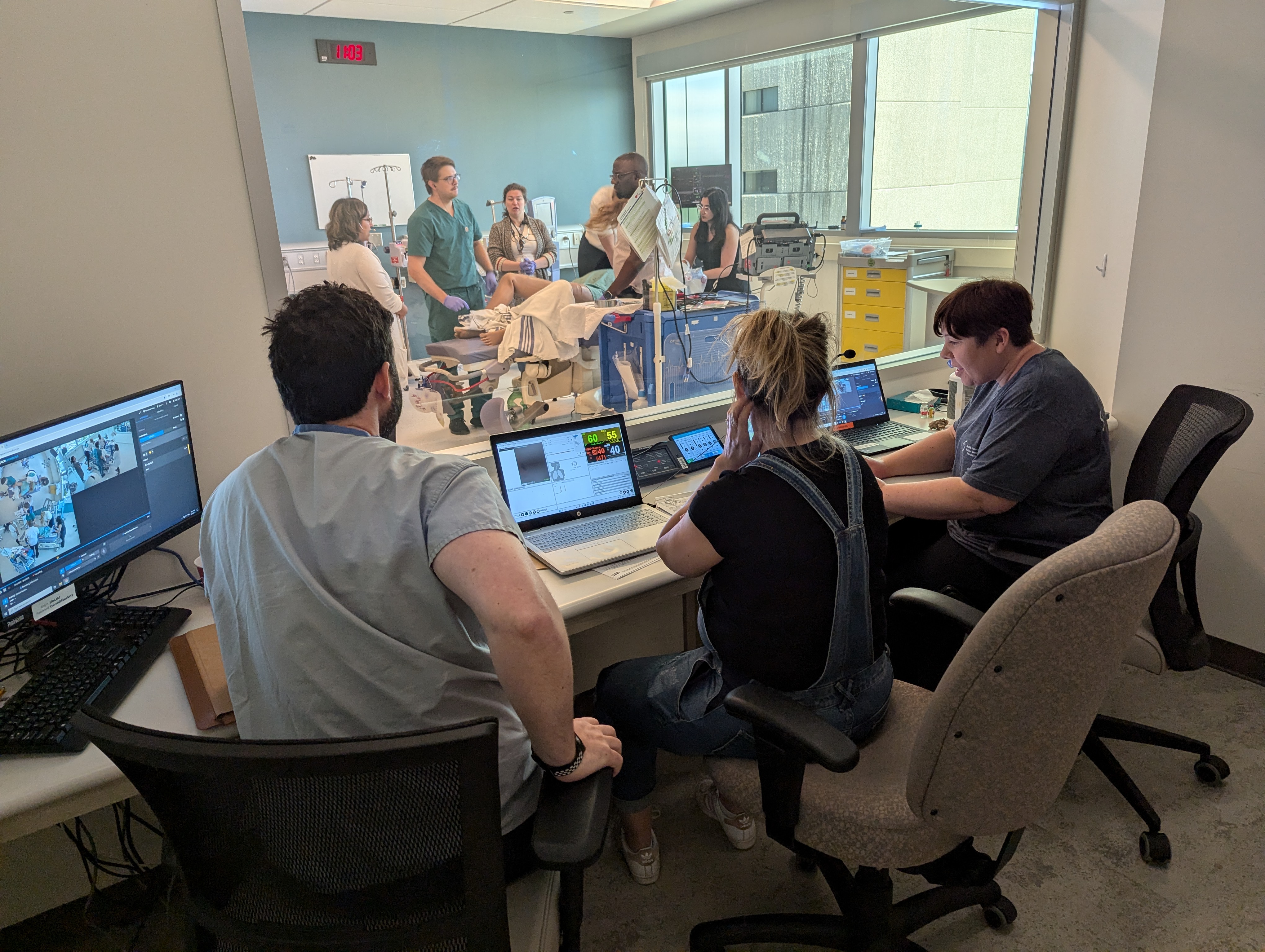
Manikin Operations
Length: 3 hours
Location: Exclusively in-person
Prerequisites: Manikin Fundamentals or at least 1 year previous experience with manikins at the HSN Simulation Lab including basic operating of a manikin
Cost (2024-2025): $100
Description: By the end of the session, the learner will be able to:
- Describe the functionality and features of a high-fidelity adult, pediatric, infant, and birthing manikin
- Demonstrate the ability to independently turn-on and connect at least two high-fidelity manikins so they are operational for use
- Demonstrate the ability to operate a case that includes vitals progressions, eye status change, heart rhythm change, airway change, and sounds change
- Demonstrate the ability to work through a common troubleshoot of a manikin start-up including a network connectivity issue
- Demonstrate programming a staged scenario in the manikin software
- Demonstrate the ability to independently pause, power-down, and re-set a manikin, including safety and maintenance features to ensure longevity of the manikin
Debriefing 101
Length: 3 hours
Location: In-person or virtual options available
Prerequisites: None, Simulation Fundamentals encouraged
Cost (2024-2025): $100
Description: By the end of the session, the learner will be able to:
- Summarize the purpose of effective debriefing
- Discuss key strategies to set-up a debrief for success
- Discuss options available for where, who, and when to debrief
- Practice using open-ended questions and genuine curiosity statements to promote learner engagement
- Perform a simulated debrief using a guiding framework
- Discuss key considerations for challenges encountered during debriefing
- Identify resources for debriefing when co-debriefing or inter-professionally debriefing
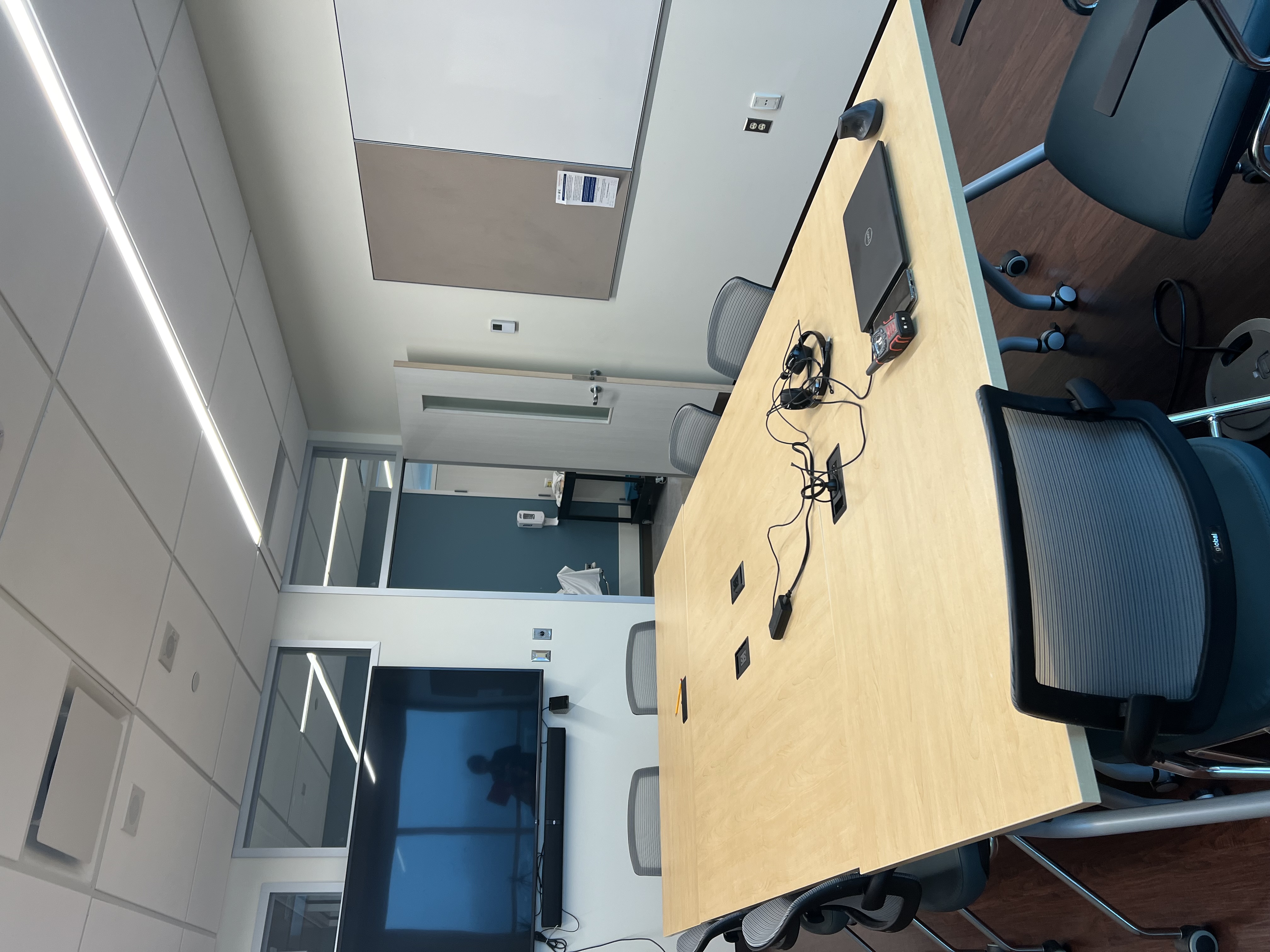
Debriefing 201
Length: 3 hours
Location: In-person or virtual options available
Prerequisites: Debriefing 101 or at least 1 year previous debriefing experience with evidence of self-, peer-, and learner-evaluation
Cost (2024-2025): $100
Description: By the end of the session, the learner will be able to:
- Discuss approaches and frameworks to debrief based on timing, learner population, and learning objectives
- Discuss best practices and strategies for co-debriefing
- Perform a simulated co-debrief using strategies such as pulse checks, non-verbal language, and follow-the-leader approach
- Discuss best practice and strategies for inter-professional debriefing
- Discuss best practices for psychological safety in debriefing following complex, emotionally taxing, or professionally tense cases
- Perform a simulated debrief following a simulated complex case involving potential for lateral violence
- Discuss the debrief-the-debrief approach, and how to provide mentorship and ensure routine evaluation of skills
Assessment & Evaluation 101
Length: 3 hours
Location: In-person or virtual options available
Prerequisites: None, Simulation Fundamentals encouraged
Cost (2024-2025): $100
Description: By the end of the session, the learner will be able to:
- Discuss the importance of assessment and evaluation as a cyclical approach to ensure the goals and objectives of the program are being met
- Differentiate the assessment and evaluation of the program compared to the assessment and evaluation of the learner
- Identify the key features and differences between formative and summative assessment
- Discuss at least three options available for learner assessment and evaluation that collect both qualitative and quantitative data
- Develop a learner assessment form for a Code Blue-like scenario, being considerate of learning objectives and the summative nature of the program
- Discuss at least three options available for program assessment and evaluation that collect both qualitative and quantitative data
Moulage 101
Length: 3 hours
Location: Exclusively in-person
Prerequisites: None
Cost (2024-2025): $150
Description: By the end of the session, the learner will be able to:
- Define moulage as it relates to simulation-based education and list the categories of moulage applicable to the HSN Simulation Lab
- Discuss how moulage can amplify simulation cases and ensure learning objectives are met
- Perform the creation of a silicone-based moulage component such as a wound or laceration
- Perform the act of make-up application on either a simulated participant or silicone skin to add features such as a burn, jaundice, cyanosis, lacerations, or bruising
- Perform a simulation set-up with incorporated moulage
- Discuss other resources available locally and virtually for moulage application
